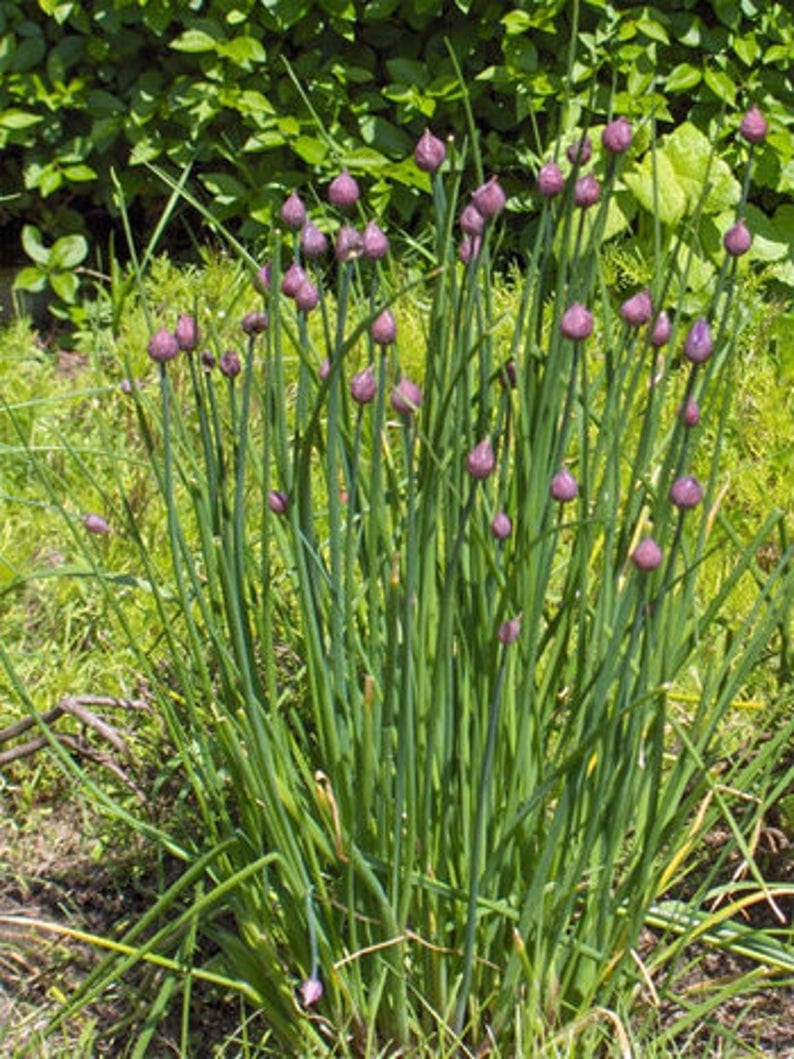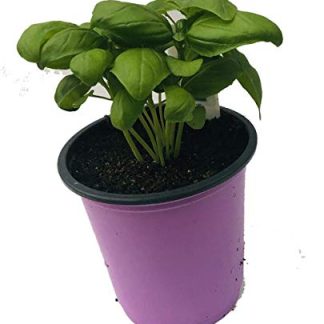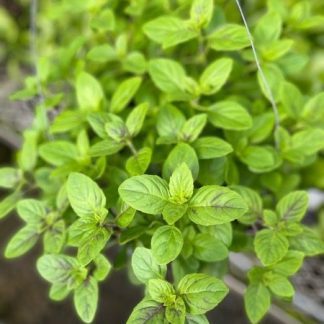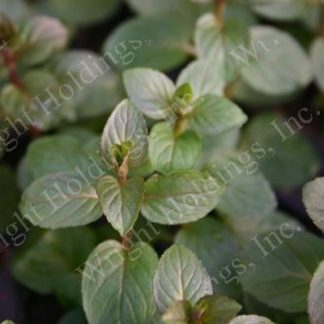Description
Allium schoenoprasum: Fine Leaf Chives – A Complete Growing and Culinary Guide
Fine leaf chives, botanically known as Allium schoenoprasum, are a must-have for gardeners who love fresh flavor and easy-growing herbs. Their delicate, grass-like leaves pack a gentle onion taste, perfect for seasoning everything from eggs to soups. Beyond their culinary value, they are beautiful plants, producing soft purple pom-pom flowers that attract pollinators and add charm to herb gardens.
This guide explores how to grow, harvest, and use fine leaf chives, while also sharing their benefits for the garden and kitchen.
Understanding Fine Leaf Chives
Botanical Profile
-
Scientific Name: Allium schoenoprasum
-
Common Name: Fine leaf chives, garden chives
-
Family: Amaryllidaceae (onion family)
-
Type: Perennial herb
-
Origin: Native to Europe, Asia, and North America
Fine leaf chives are among the smallest members of the onion family. Their leaves are thin and hollow, forming dense clumps that return year after year. Unlike regular onions, they are grown for their foliage and flowers rather than bulbs.
Why Fine Leaf Chives Belong in Every Garden
Flavor Without Overpowering
Chives bring a mild onion-like flavor that enhances dishes without dominating them. Their fine leaves are tender enough to eat raw and cook quickly when added at the end of recipes.
Decorative and Edible
The round purple flowers bloom in late spring to early summer. These are not only edible but also beloved by bees and butterflies, making them excellent pollinator plants.
Low Maintenance
Once established, chives require little care. They thrive in a variety of soils, tolerate cool weather, and return reliably each spring.
Companion Planting Benefits
Chives naturally deter pests like aphids, Japanese beetles, and carrot rust flies. Planting them near carrots, tomatoes, or roses improves plant health and discourages harmful insects.
Growing Fine Leaf Chives
Best Climate and Zones
Chives grow well in USDA Zones 3–9. They tolerate frost and overwinter in colder climates, re-emerging as one of the first herbs in spring.
Sun and Soil
-
Sunlight: Full sun is ideal, though they tolerate partial shade.
-
Soil: Well-drained, fertile soil enriched with compost.
-
pH Range: Neutral to slightly acidic (6.0–7.0).
Planting Chives
-
From Seed:
-
Start indoors 6–8 weeks before the last frost.
-
Sow seeds shallowly (¼ inch deep) in moist soil.
-
Transplant when seedlings are 4–6 inches tall.
-
-
From Divisions:
-
Divide mature clumps in early spring or fall.
-
Replant sections 6–8 inches apart.
-
Watering and Fertilization
Chives prefer consistent moisture but dislike waterlogged soil. Water weekly during dry spells. Fertilize with a balanced organic fertilizer or compost in spring to boost growth.
Container Growing
Fine leaf chives are perfect for pots on patios or windowsills. Use a deep container with drainage holes and quality potting mix. Keep the soil moist and harvest regularly to encourage new growth.
Care and Maintenance
Regular Harvesting
Frequent snipping keeps plants tidy and stimulates fresh leaves. Cut leaves about 1–2 inches above the soil, allowing regrowth from the base.
Deadheading Flowers
Remove faded flowers to prevent self-seeding and to maintain leaf production. Alternatively, leave some flowers to encourage pollinators and collect seeds.
Dividing Clumps
Every 2–3 years, divide mature plants to prevent overcrowding and rejuvenate growth. Replant divisions to expand your herb garden or share with friends.
Overwintering
In colder climates, mulch with straw or leaves after the first frost. In mild zones, chives remain evergreen or semi-evergreen.
Pests and Problems
Chives are generally resistant to pests and diseases. Occasionally, they may face:
-
Aphids – Rinse off with water or use insecticidal soap.
-
Downy mildew – Improve air circulation and avoid overhead watering.
-
Rust or fungal spots – Remove affected leaves and maintain clean soil.
Harvesting Fine Leaf Chives
Begin harvesting once plants are at least 6 inches tall. Cut leaves with scissors in small bunches, working from the outer leaves inward. Avoid removing more than one-third of the plant at a time to keep it healthy.
Culinary Uses
Fresh Flavor for Everyday Meals
-
Sprinkle chopped chives over scrambled eggs, baked potatoes, or soups.
-
Stir into creamy dips, compound butters, or sour cream for fresh flavor.
-
Use as a garnish for fish, chicken, or roasted vegetables.
Edible Flowers
Chive blossoms have a mild, oniony taste and make stunning garnishes for salads and cheese boards. Infuse them in vinegar for a delicate, pink-tinted onion vinegar.
Preserving Chives
-
Freezing: Chop and freeze in airtight bags.
-
Drying: Dry leaves slowly to retain flavor, though freezing preserves more aroma.
-
Chive Butter: Mix chopped chives with softened butter, then refrigerate or freeze.
Health Benefits
Fine leaf chives are more than just tasty. They offer:
-
Vitamins A and C – Support immune health and skin vitality.
-
Antioxidants – Help protect cells from oxidative stress.
-
Minerals – Provide small amounts of calcium and iron.
They are low in calories and rich in phytonutrients, making them an easy, nutrient-boosting addition to meals.
Landscape and Pollinator Appeal
Fine leaf chives are ideal for edging garden beds or lining walkways. Their upright, grassy foliage contrasts beautifully with broad-leaf herbs like basil or parsley. When in bloom, they create a soft haze of purple that draws bees, butterflies, and other pollinators, enriching the garden ecosystem.
Propagation Tips
-
Seed Collection: Allow flowers to dry, then collect seeds for future planting.
-
Division: The simplest method—dig up clumps and separate into smaller sections.
Both methods are reliable, but division ensures identical plants and faster results.
Common Varieties and Comparisons
While Allium schoenoprasum is the standard garden chive, there are related types worth noting:
-
Garlic Chives (Allium tuberosum): Flat leaves with a mild garlic flavor and white flowers.
-
Siberian Chives (Allium nutans): Broader leaves and pink flowers with a slightly stronger taste.
Fine leaf chives remain the go-to for classic onion flavor and delicate texture.
Quick Growing Tips
-
Plant in full sun for best growth and flavor.
-
Harvest regularly to keep plants productive.
-
Divide clumps every few years to maintain vigor.
-
Mulch in winter for added protection in cold zones.
-
Encourage pollinators by allowing some flowers to bloom.
Bringing It All Together
Fine leaf chives combine beauty, flavor, and ease. They belong in every kitchen garden, container, or raised bed. Once planted, they provide fresh oniony greens almost year-round, reward pollinators with blossoms, and need only minimal care. By planting fine leaf chives, you add both flavor and life to your garden space.
A Fresh Finish to Every Garden
When we grow herbs like fine leaf chives, we do more than fill a pot or bed. We invite simple joy into our routines. A quick snip of green leaves on a quiet morning, a handful of blossoms for a summer salad—these moments connect us to the rhythm of the seasons. In the hum of pollinators and the taste of fresh food, fine leaf chives remind us why gardening is worth every bit of effort.




